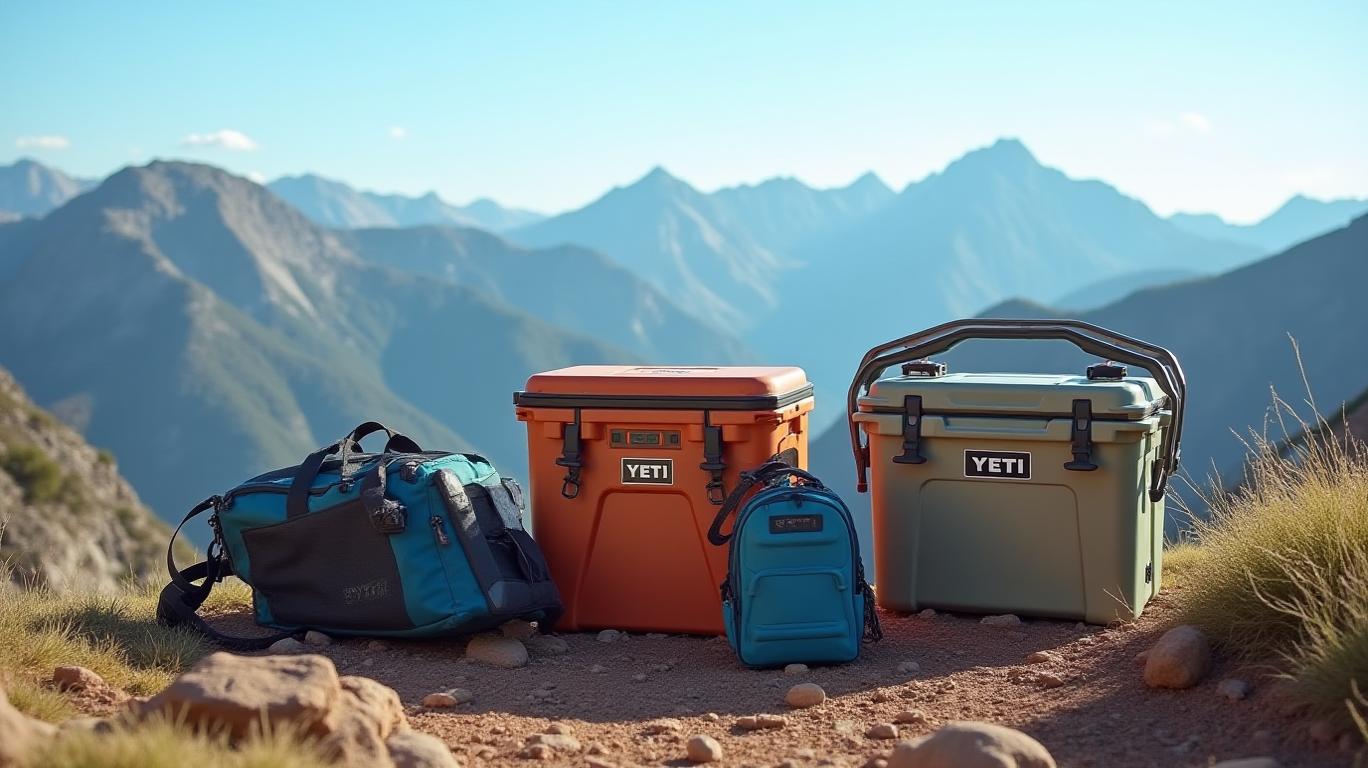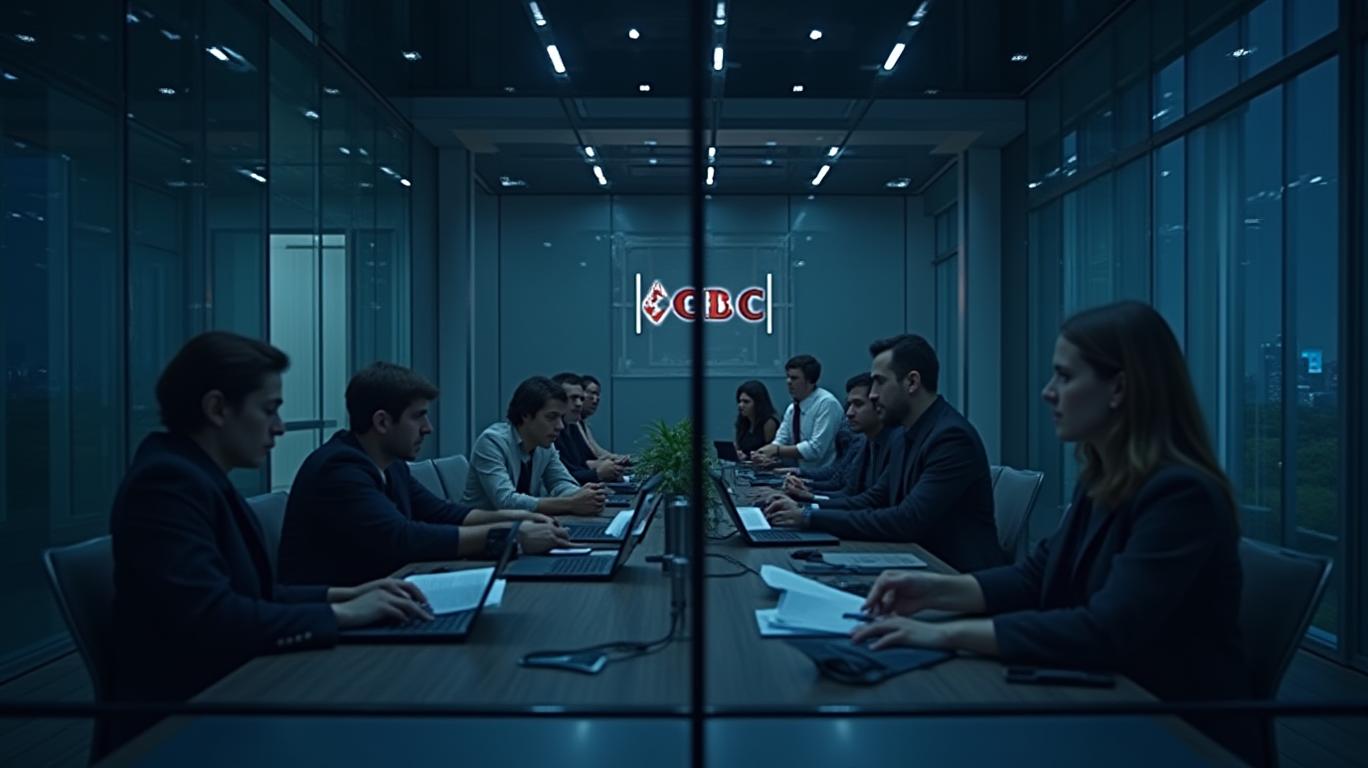CCL Industries Q1 2025 Earnings: A Resilient Start Amid Sector-Specific Challenges
CCL Industries (CCL) delivered a strong first-quarter 2025 performance, exceeding expectations with record sales and earnings growth. The company’s diversified portfolio, operational agility, and strategic capital allocation have positioned it to navigate macroeconomic headwinds while capitalizing on opportunities in high-margin segments. Below is a detailed analysis of the results, key drivers, risks, and implications for investors.
Ask Aime: "Does CCL Industries' strong Q1 2025 performance indicate potential growth for the stock?"
Key Financial Highlights
CCL reported Q1 2025 sales of $1.89 billion, a 8.6% year-over-year increase, driven by:
- 3.8% organic growth, reflecting underlying demand.
- 1.4% growth from acquisitions, including recent bolt-on deals.
- 3.4% gains from favorable currency translation, benefiting from a weaker Canadian dollar.
Earnings per share (EPS) rose 9.3% to $1.18, with adjusted EPS matching this figure. Operating income surged 12.4% to $316.9 million, while the operating margin expanded to 16.8%, a 60-basis-point improvement excluding currency effects.
A standout achievement was the $39.1 million free cash flow (FCF) inflow, reversing a $7 million outflow in Q1 2024. This improvement underscores better working capital management and operational efficiency.
The company returned $156.3 million to shareholders via $100 million in share repurchases and dividend payments. Notably, CCL raised its annual dividend by 10.3% to $1.28 per share, signaling confidence in sustained cash generation.
Segment Performance: Strengths and Struggles
CCL’s Innovia segment led the charge, reporting “outsized” profitability improvements driven by North American market share gains and volume growth. The segment’s focus on high-margin security solutions and specialty labels, such as those used in pharmaceuticals and consumer goods, continues to pay dividends.
However, challenges emerged in other divisions:
- Checkpoint: Revenue declined in non-European regions, particularly the Americas, due to seasonal factors and tough year-on-year comparisons. Management cited strategic shifts in production locations (e.g., moving away from China to mitigate tariffs) as a key mitigation strategy.
- Avery: Caution surrounds the U.S. back-to-school season, with potential tariff impacts on consumer spending.
- CCL Design: A slowing automotive market dampened demand for automotive packaging, though the segment’s home/personal care and healthcare divisions remained resilient.
Management Guidance: Navigating Uncertainty
CEO Geoffrey Martin emphasized CCL’s global operational footprint as a competitive advantage. The company is accelerating production relocations to avoid tariffs, a move expected to gain market share as clients restructure supply chains. This strategy aligns with CCL’s $70 million Innovia investment in Germany (2022) and Middle Eastern ventures, which are designed to diversify geographic exposure.
Despite a challenging M&A environment, management reaffirmed its acquisition pace, leveraging its $821 million cash reserves and $1.9 billion undrawn credit capacity. While private equity financing constraints may slow some deals, CCL’s liquidity buffer allows selective, value-accruing purchases.
Risks and Challenges
- Debt Dynamics: Net debt rose $134 million to $1.75 billion, primarily due to capital expenditures and buybacks. While liquidity remains robust, rising debt could pressure margins if economic conditions deteriorate.
- Tariff and Trade Risks: U.S. consumer sectors (e.g., Avery’s back-to-school products) face uncertainty, though CCL’s geographic diversification may offset some impacts.
- Segment Volatility: The automotive slowdown and Checkpoint’s regional softness highlight reliance on specific industries.
Conclusion: A Resilient Growth Story with Near-Term Caution
CCL Industries’ Q1 results affirm its ability to execute strategically amid a mixed macroeconomic backdrop. The Innovia segment’s dominance, strong FCF, and shareholder-friendly capital allocation (dividend hikes, buybacks) make it a compelling investment.

However, investors should monitor:
- Debt management: The $1.75 billion net debt must be balanced against growth investments.
- Segment recovery: Checkpoint and Avery’s performance in Q2 and beyond will test management’s mitigation strategies.
With a 10-year average annual EPS growth of 8% and a dividend yield of ~1.5%, CCL offers a blend of stability and growth potential. While near-term risks exist, its diversified portfolio and operational flexibility position it to capitalize on long-term trends in security solutions, healthcare labeling, and global supply chain reshaping.
Final Take: Buy for investors seeking a defensive, cash-generative industrial stock with exposure to high-margin markets. Caution is warranted for those sensitive to debt levels and sector-specific risks.

_b905d9341749265671656.jpg)








